An NID Grad At Harvard is Using Design to Make Life-Saving Medical Devices Faster & Efficient
Admission to the National Institute of Design, Haryana, was a pivotal moment for Siddharth UR from Chennai. It introduced him to a world of opportunities where he could employ his design abilities to improve lives. Currently pursuing studies at Harvard, here's a glimpse of his creative journey.
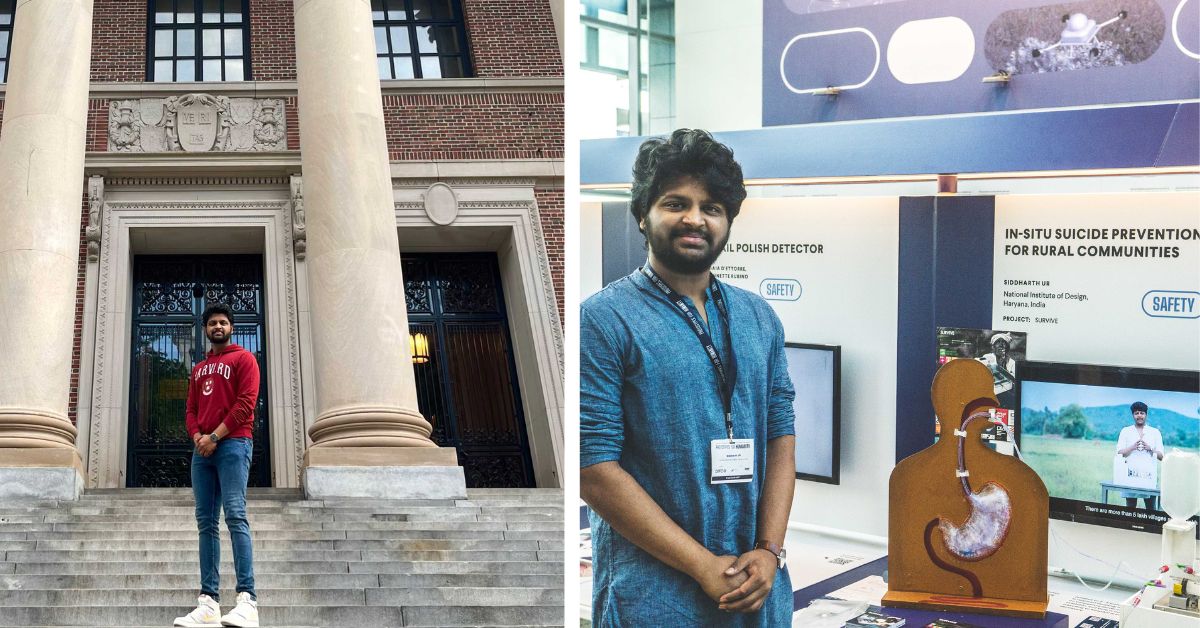
When life shuts one door, it opens many more. This adage holds true for Siddharth UR, a 24-year-old Chennai-based designer. He recalls the years of effort he put into securing a spot at NID (National Institute of Design) Ahmedabad — a place with the potential to shape his design career and set the stage for the magic he wanted to create.
But life put a damper on his plans.
“I did not get in,” he says.
Siddharth thought his avenues were shut. But months later, the inauguration of a brand new NID campus at Kurukshetra in Haryana proved that life works in mysterious ways. Siddharth was one of the first students to get admitted into the course here.
In retrospect, the ‘Forbes 30 under 30 2023’ prodigy says the years he spent in Haryana chiselled his design career in ways that would have never been possible in Ahmedabad.
We catch up with him as he rushes for an early morning lecture at Harvard University, where he is currently pursuing his master’s. In the course of the chat, the design maestro takes cognisance of the journey that was and is still shaping up.
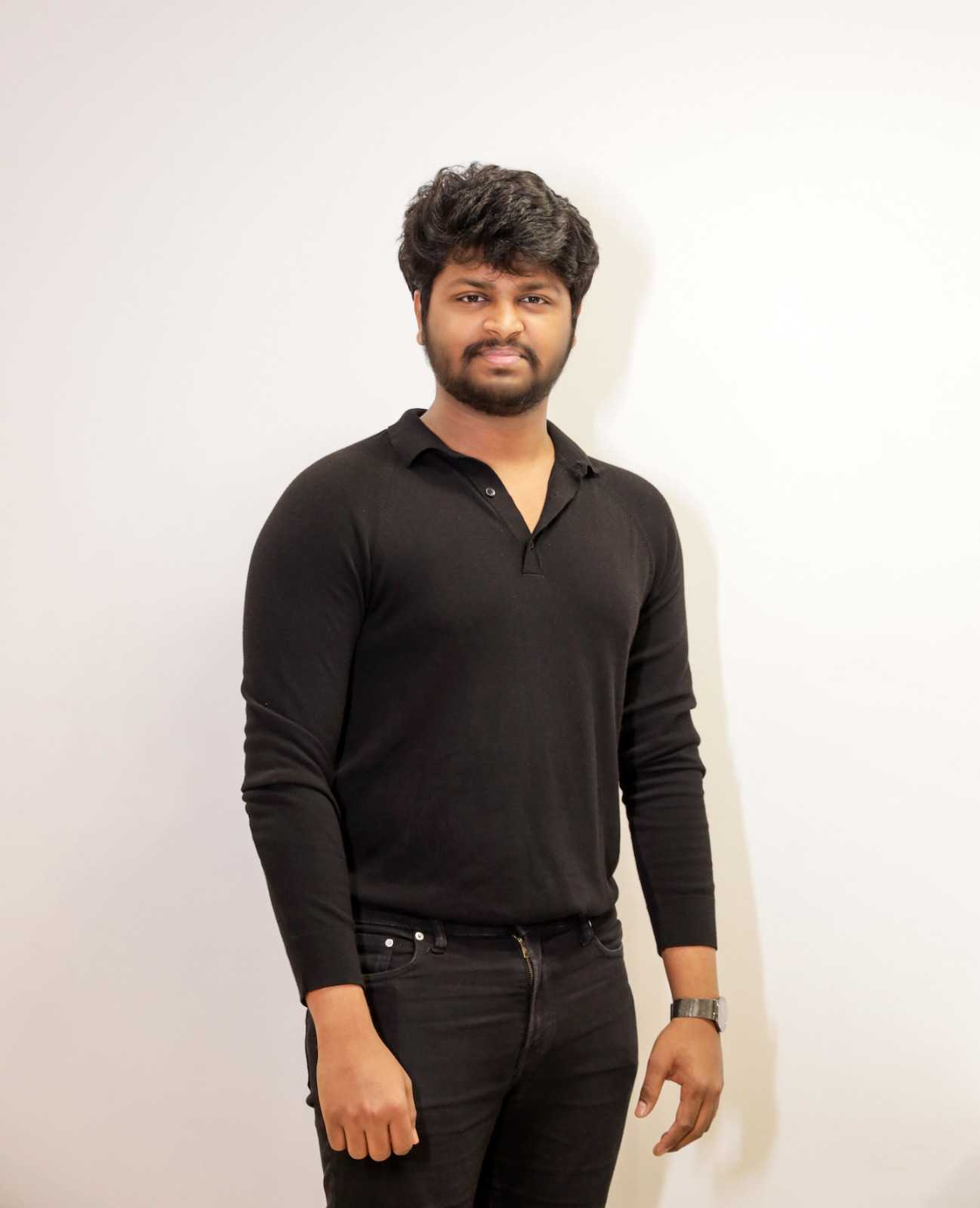
Using design to bridge gaps
The brief for the first project assigned to Siddharth’s batch at NID was crisp — design a product that is simple in nature. The unusual ask gave him the freedom to explore the world beyond his campus, and it was during this time that he came across an organisation for the blind.
To Siddharth, this was an opportunity to know more about the community. “In the months that followed, I began spending a lot of time with them,” he shares adding that it introduced him to the many day-to-day problems they face.
One of the most common problems they faced was measuring medicine. While pouring the syrup into the measuring cup that came with the bottle, the markings were often indecipherable, leading to them taking an extra dose. In cases of patients with tuberculosis, whose medication spanned months, this was a grave problem.
But not for Siddharth, who is used to turning every roadblock into a solution. “I came up with an inclusive device to be attached to the medicine bottle. Now, the person pouring the syrup would easily be able to pour only the amount they needed.”
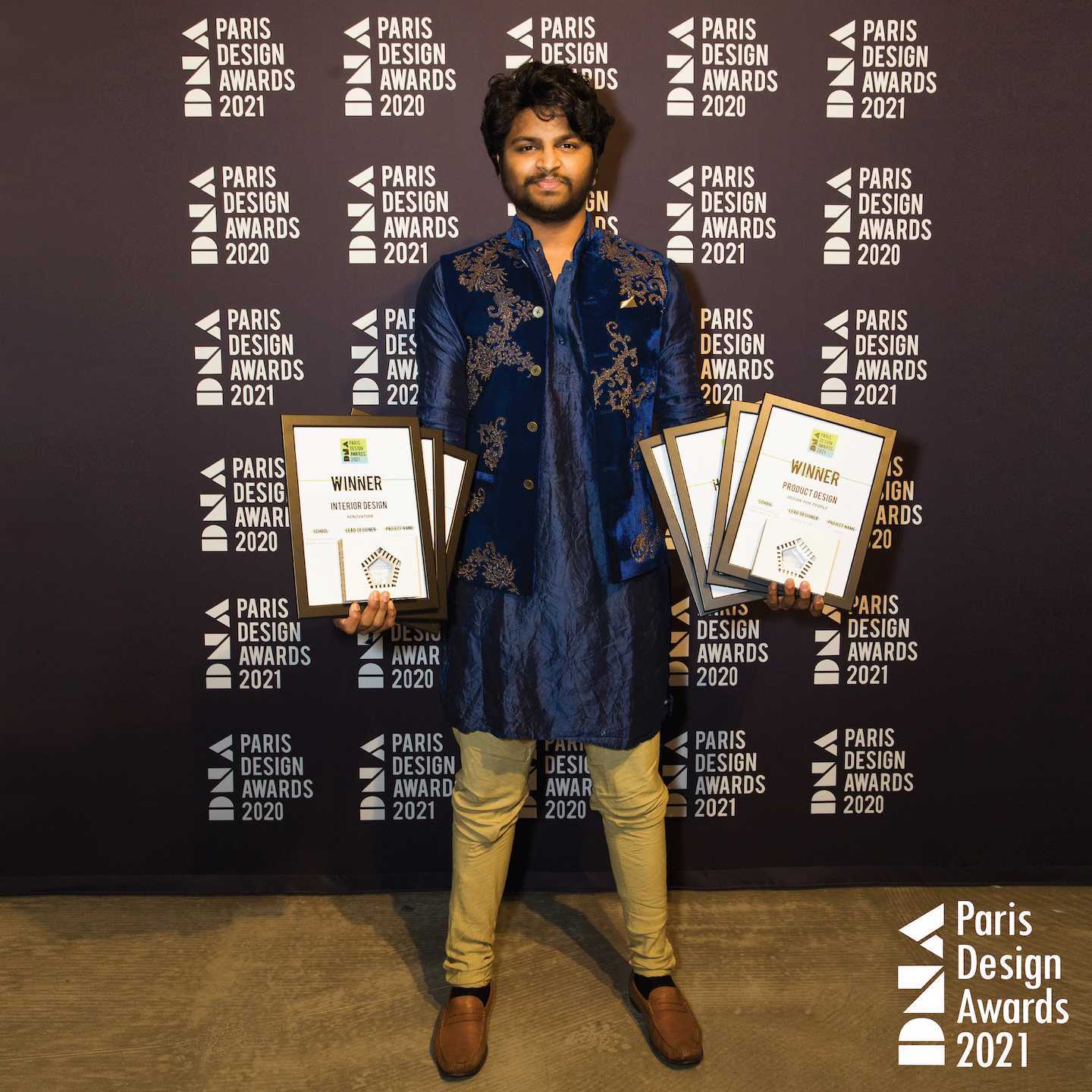
The ease of the solution prompted Siddharth to realise, “The most overlooked problem is in fact the most important step while designing something.”
What was once a whimsical fascination was now turning to be a deep calling for Siddharth, who wanted to integrate social impact into every one of his future projects. And he did.
Elaborating on the heart-lung machine ‘Enable’, Siddharth says it resulted from a brainwave during a visit to one of the hospitals in Kurukshetra.
Five days spent watching eight open heart surgeries familiarised him with the nuances of the machine’s working. “It’s like a mock heart used by a perfusionist. It takes over the function of the heart and lungs during surgery to enable circulation to continue. It’s an integral part of the operation,” he shares.
But what shocked Siddharth was the ergonomics of the device. One wrong slip of a finger and the controls changed, increasing the blood flow rate. The faulty knob was to blame coupled with the regulator on the device that needed a number of clicks to perform a function. Patients in Kurukshetra deserved more, he thought, and this inspired his next idea.
The next six weeks saw Siddharth working on an alternative machine with better ergonomics. He was guided by perfusionists and doctors at every stage. ‘Enable’ is still in the concept stage and needs FDA approval.
Automating traditional solutions
As Samson Samuel, senior experience lead at Philips — where Siddharth worked for a couple of years — shares, “Siddharth is constantly looking to contribute to humanity through his designs. What sets him apart from other designers is that he is always willing to embrace feedback. He looks for actual problems that exist and takes inspiration from what’s around him. These problems are not being solved by other organisations. He takes it upon himself.”
‘Enable’ was a testament to this.
Likewise, Siddharth’s next project ‘Survive’. The target group this time was the farmers in Kurukshetra. Elaborating on this, Siddharth says, “Farmer suicides are very common in the town. The five doctors I spoke to while researching said they handle suicide cases almost every day.”
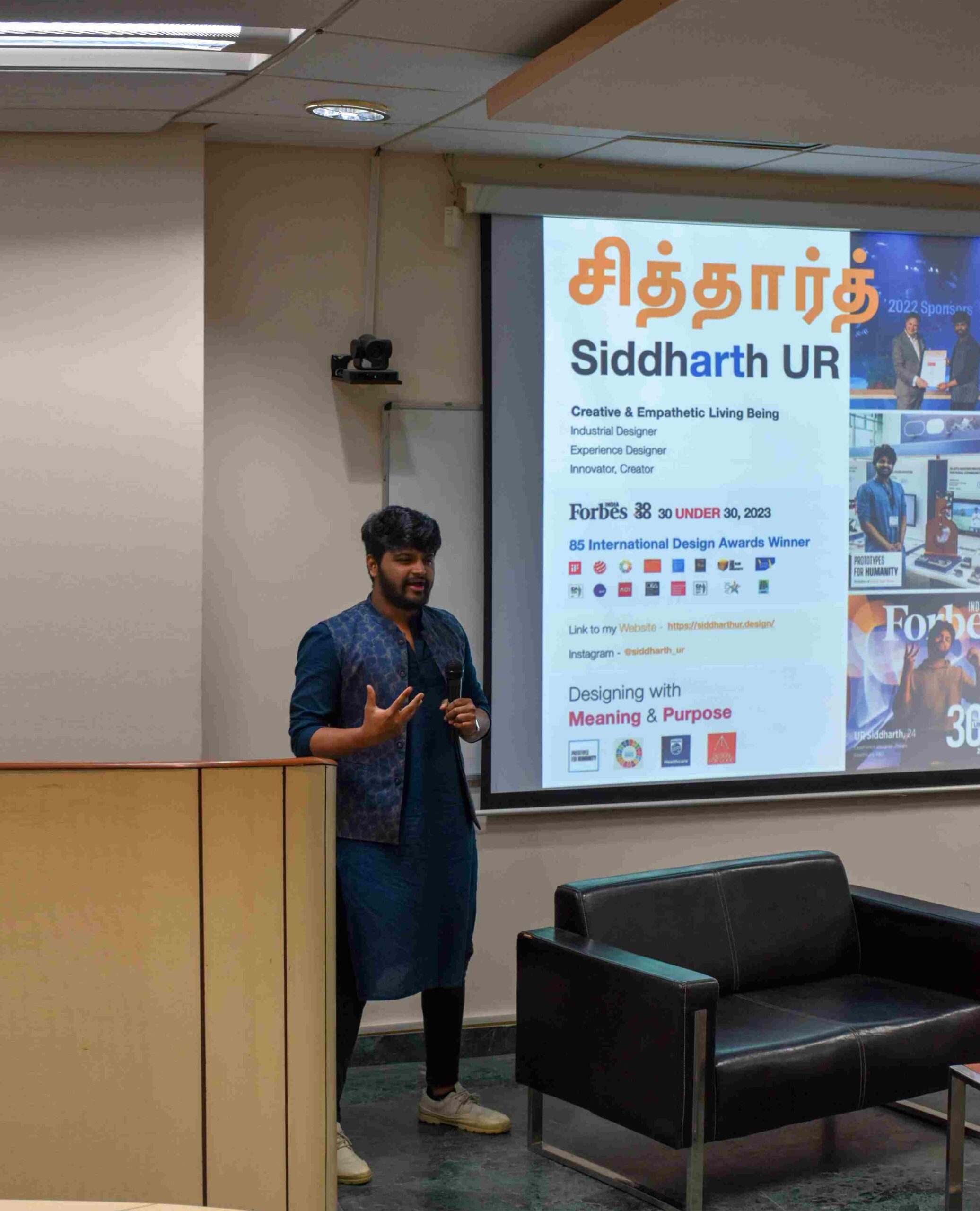
The doctors shared that the most common form of suicide was consuming poison. “By the time an antidote is administered, the poison has already entered the circulatory system and the patient dies.”
‘Survive’, explains Siddharth, is a first aid device which can be used by healthcare workers for gastric irrigation — also known as stomach pumping. The procedure works to remove ingested contents. Since time is of the essence in such cases, Siddharth worked to innovate a device that could do this in a short time. “The traditional process takes 45 minutes but ‘Survive’ reduces the time taken to five minutes.”
But even as he is powering through more ideas while at Harvard, Siddharth is in awe of the course life has taken him on.
“It all started in school,” he recalls.
For 13-year-old Siddharth, school days meant a tantalising amount of homework, something he wasn’t a fan of. But the minute the bell went off for the art class, Siddharth was rapt with attention.
“Since those early years, I was passionate about working with something creative. I had a limited attention span for other subjects, but when it came to creative stuff, I’d put my heart and soul into it.”
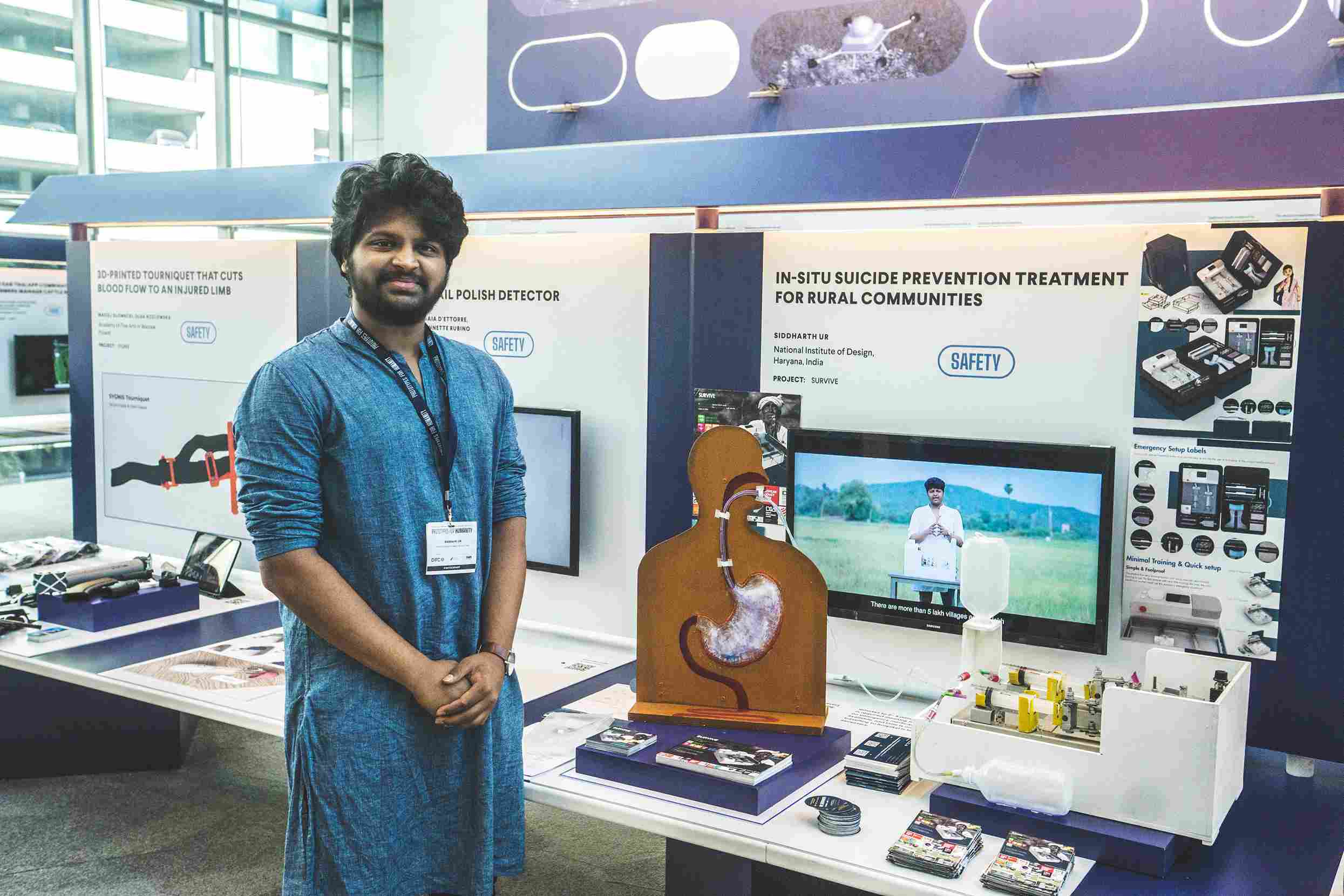
When he wasn’t taking electronics apart to study how they worked, he was glued to the TV show MAD, which aired on Pogo TV. Borrowing inspiration from the crafts taught by the host and director of the show Rob, Siddharth would participate in art competitions. It was during one of these events that he met Rob, who studied at NID.
“In that moment I knew this sounded like the place I could go to and build my experience in design.” But, it all happens for the best, he says, referring to NID Ahmedabad not panning out. “While it was a major shift in the plan, it changed a lot of my perspective.”
Kurukshetra was a world in itself with rural issues that Siddharth slowly began discovering as he roamed the town post-college hours. “The kind of societal imbalance I heard of urged me to create social impact here. Usually, design is looked at as something luxurious or artsy. But I want to change the world through my design,” he shares. If you found our stories insightful, informative, or even just enjoyable, we invite you to consider making a voluntary payment to support the work we do at The Better India. Your contribution helps us continue producing quality content that educates, inspires, and drives positive change. Choose one of the payment options below for your contribution- By paying for the stories you value, you directly contribute to sustaining our efforts focused on making a difference in the world. Together, let’s ensure that impactful stories continue to be told and shared, enriching lives and communities alike. Thank you for your support. Here are some frequently asked questions you might find helpful to know why you are contributing?

Edited by Pranita Bhat
This story made me
- 97
- 121
- 89
- 167












